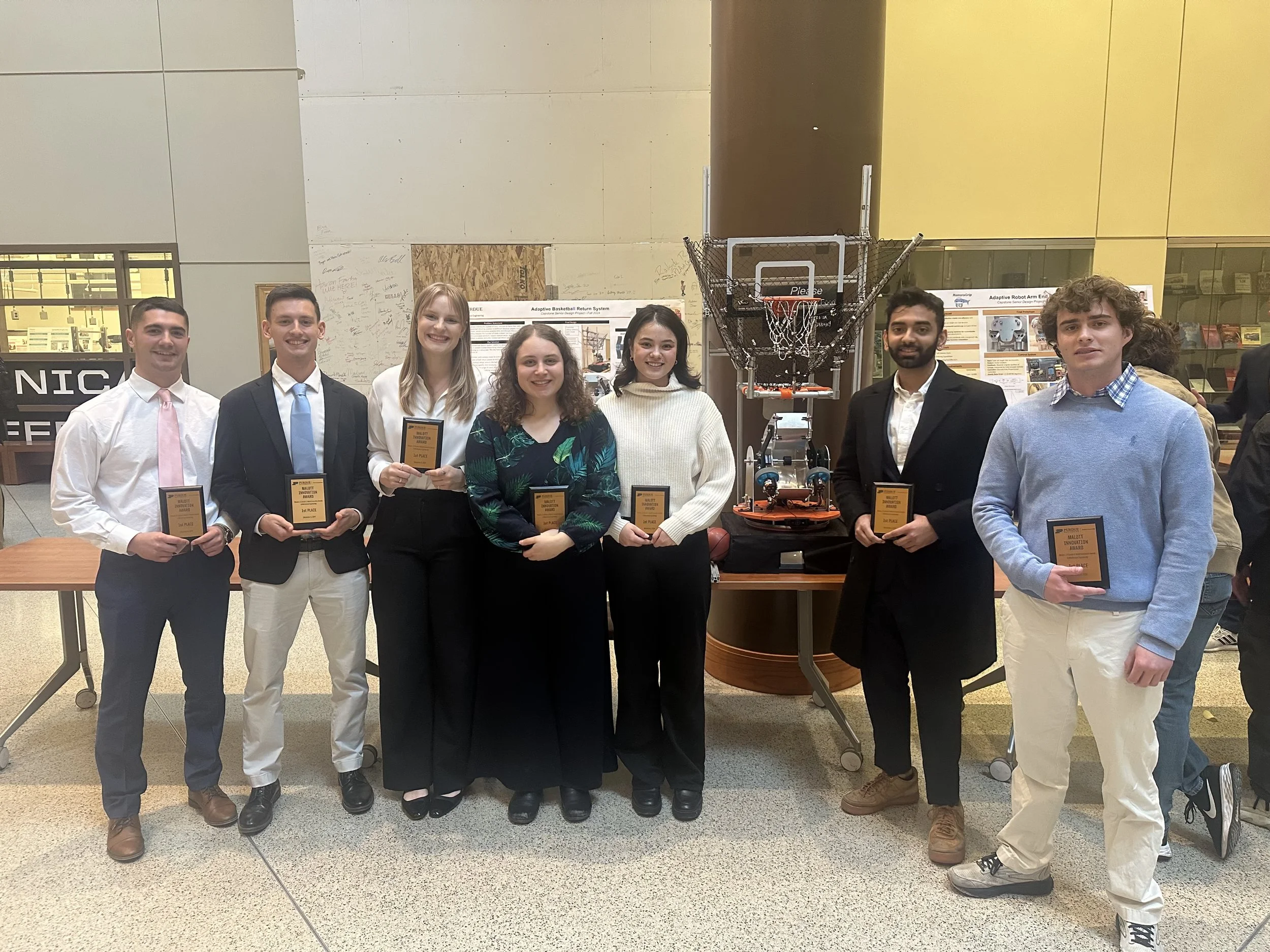"Mapping cardiac surface mechanics with structured light imaging," American Journal of Physiology: Heart and Circular Physiology, (2012)
/J. I. Laughner, S. Zhang, H. Li, C. C. Shao, and I. R. Efimov, "Mapping cardiac surface mechanics with structured light imaging," American Journal of Physiology: Heart and Circular Physiology 303(6), H712-H720, 2012 (Image of the week of October 1, 2012, American Journal of Physiology); doi: 10.1152/ajpheart.00269.2012
Cardiovascular disease often manifests as a combination of pathological electrical and structural heart remodeling. The relationship between mechanics and electrophysiology is crucial to our understanding of mechanisms of cardiac arrhythmias and the treatment of cardiac disease. While several technologies exist for describing whole heart electrophysiology, studies of cardiac mechanics are often limited to rhythmic patterns or small sections of tissue. Here, we present a comprehensive system based on ultrafast three-dimensional (3-D) structured light imaging to map surface dynamics of whole heart cardiac motion. Additionally, we introduce a novel nonrigid motion-tracking algorithm based on an isometry-maximizing optimization framework that forms correspondences between consecutive 3-D frames without the use of any fiducial markers. By combining our 3-D imaging system with nonrigid surface registration, we are able to measure cardiac surface mechanics at unprecedented spatial and temporal resolution. In conclusion, we demonstrate accurate cardiac deformation at over 200,000 surface points of a rabbit heart recorded at 200 frames/s and validate our results on highly contrasting heart motions during normal sinus rhythm, ventricular pacing, and ventricular fibrillation.



